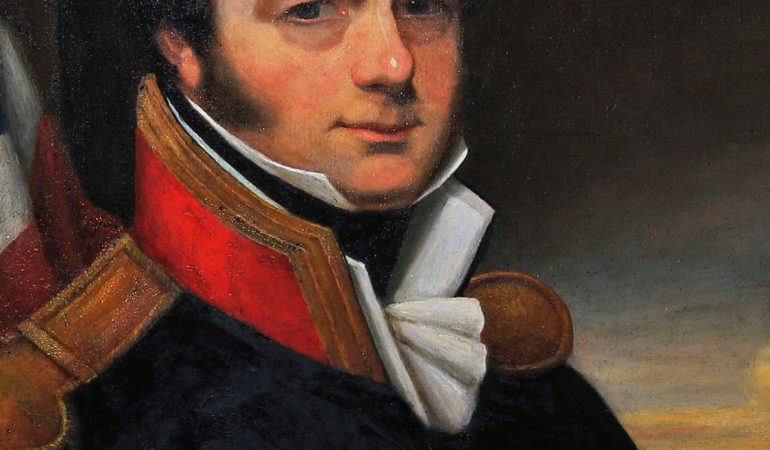Judge it by its cover: How to research and decide upon your book cover design
Here at IndieMosh, a standard cover design is part of your publishing package, but covers are often a part of the process that authors like to have control over – and rightfully so! The right cover will not only help your book stand out in the crowded marketplace, but it will also set the tone for your book and give potential readers a sense of what to expect.
While you’re welcome to come to IndieMosh with no cover ideas at all, we encourage you to have a think about what you might want. Whether you provide a few lines of text, a sketch on some spare paper, or a full mockup, providing your ideas allows us to create a cover close to your vision, one that you’ll really love.
But how do you go about identifying the perfect cover design for your book? Read on and we’ll walk you through it.
Identify your audience
Think about who your target audience is – who are you trying to reach with your book? What are their interests and preferences? Knowing your audience will help you choose imagery and design elements that will appeal to them.
For example, did you know that women are more likely to read a general crime novel (or true crime book) than men? If you’re a crime writer and this is a surprise to you, it shows how vital it is to identify your audience.
Your audience could be as vague as ‘men over 25’ or as specific as ‘second-year neuroscience students in Western countries’. Keep your audience in mind as you write your back cover blurb, sales copy, and work on your cover design ideas.
Spy on the competition
@johnschu where are they all going #booktok #barnesandnoble ♬ A woman walking away – big time book guy
As @johnschu above has aptly identified, every genre has its shorthands! Crime fiction often uses black and yellow, police tape, and dark roads. Romance often uses calligraphy fonts and sexy couples embracing. And historical fiction – yes, you guessed it – seems to feature people walking away.
It’s okay to find your place within the cliches of your genre. If your book is visually identifiable as belonging within a particular genre, readers can make a faster decision on whether it’s for them. And if your book subconsiously reminds a reader of another book from the genre they loved, all the better.
The balance here is not to steal someone else’s cover design. We’re looking for inspiration here, we’re not ripping off someone else’s art!
So start from a list of covers you like, and then work together with your designer to get the mood and tone of those covers without stealing their art, and while representing the unique elements of your own book.
Keep it simple. No, simpler. Simpler still! Perfect.
A common mistake authors make is putting half the story on their front cover. Not every character needs to be represented, and certainly not every setting or plot twist. In the end, we’re here to help you self-publish, and so if you’re adamant that you want forty people and five backgrounds on your cover, we’ll find a way to make it work. But we recommend you keep it simple.
A shorthand for this is to think of two or three key elements that summarise your story, or a key moment from the plot. To use a well-known example: take a look at the cover for Diana Gabaldon’s wildly successful Outlander – we get a sense of Scottish highlands from the setting and our male protagonist’s kilt. We get a sense of the historical setting by the outfits of both the man and woman, and we know there’ll be romance by the fact they’re holding hands. It would have been tempting to try and reference the (spoiler alert!) time-travel portals in this book cover, but then where do you draw the line? This cover is moody, dramatic, romantic and speaks of adventure. It doesn’t need more elements.

What to provide your cover designer
Whether you’re working with IndieMosh’s in-house designers, or an external designer of your choosing, you’ll need to provide the following:
Stage 1: the front cover
- The title of your book
- The subtitle, with any punctuation exactly as you’d like it
- Your name or pseudonym exactly as you’d like it (are you J.G. Citizen, JG Citizen, J George Citizen or Joe G Citizen, etc?)
- Your ideas for what you think may work on the cover. This can be as precise as exact stock images you want worked together, or as open as ‘here are a few passages from the book I would like represented’
- If you have a tagline, a review, a series name or any other text for the front cover, provide it (again, exactly as you’d like it displayed in terms of punctuation and grammar)
- An indication of who your audience is, and what your genre is (and if you’re not sure, we can work with you to identify these items)
- Any colours, fonts, styles or moods you particularly like or want to avoid
- A list of other covers you like, including any you want to avoid
Most cover designers will start with the front cover, and then add the spine and back when you’re ready.
Stage 2: the spine and back
- Your blurb. You can work with your designer on how much space you have, and write a blurb accordingly. Keeping it fairly short and punchy is ideal.
- Optionally, an author bio and/or photo. You don’t have to have a bio and photo at all, or you could have these items inside the book, but including them on the back of the book allows you to print your photo in colour. If your book is non-fiction and your experience is especially relevant, a bio on the back that proves your expertise can be a real sales point for potential readers.
- The spine will generally show the title and your author name or pseudonym, plus the publisher’s logo and perhaps a logo in keeping with your book (if it’s part of a series, for example). But there’s rarely room for much more than that!
Work with your designer
It’s important to remember two things when working with a cover designer in self-publishing:
- We’re here to help you,
- but the final design decision will always be yours.
If your designer makes a suggestion, hear them out. It’s likely they’re coming from a place of experience – either in design generally, or specifically within your genre. Try not to be so wedded to your mockup or brief that you have no flexibility.
That said, remember you are the client and you’re in control. If you want a book cover with a million elements and a chaotic colour palette, that’s your right! Your cover designer is expecting to hear feedback and expecting to make changes, especially to the first draft, so please don’t feel you have to just ‘grin and bear it’. It’s not a haircut that will grow out later, it’s the first impression most people will have of your book. It’s our job to get it right for you. As long as your feedback is actionable (e.g. ‘can we change the blue to green’ is infinitely better than ‘I don’t like the blue’), you and your designer can work together to get a cover that really works.
Do you have any design process questions for IndieMosh’s in-house graphic designer, Ally? Let us know in the comments below, or contact us.







Recent Comments